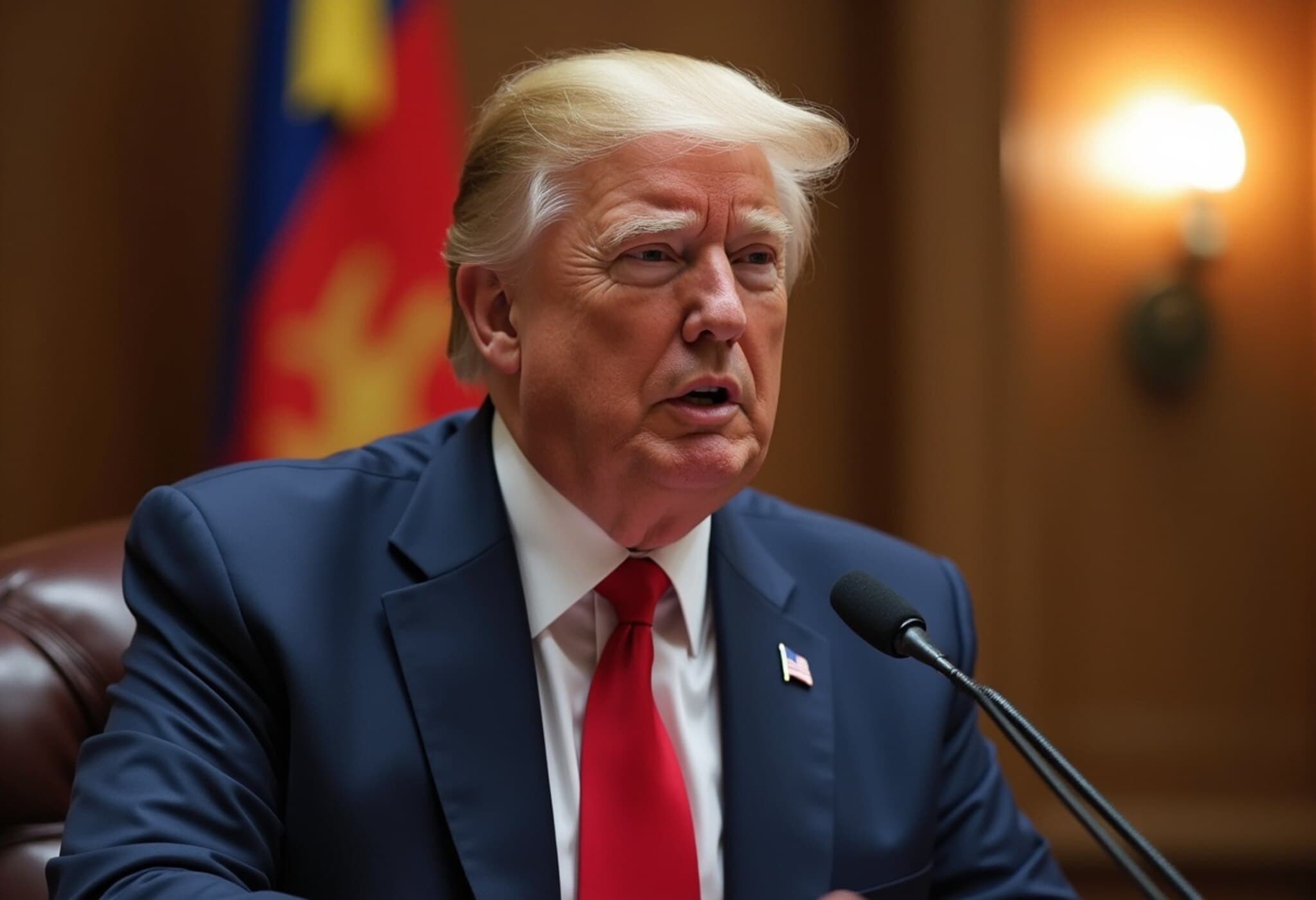The Surge of Crypto ETFs: A Modern Investment Frontier
Cryptocurrency exchange-traded funds (ETFs) have witnessed remarkable growth, carving out a promising niche within the broader financial landscape. Despite their rising popularity, these investment vehicles remain scarce within traditional retirement accounts such as 401(k)s and IRAs. Yet, a growing number of self-directed brokerage options inside these retirement plans are granting investors a foothold in digital assets like Bitcoin.
Crypto Investing in Retirement Plans: Opportunities and Challenges
With the expanding range of crypto ETFs, investors now face an important choice amid varying risk profiles. Some ETFs are crafted for nimble, day-to-day trading, while others cater to patient, long-term holders aiming to integrate digital assets into their retirement portfolios.
Policy Shifts Boosting Cryptocurrency Adoption
Since former President Donald Trump's re-election, Washington has accelerated efforts to embrace cryptocurrencies. Legislative actions and executive orders signal a clear intent: positioning the United States as a pioneering hub for digital asset innovation. Notably, Trump has expressed support for executive orders aimed at expanding crypto's accessibility and legitimacy, setting a tone for rapid advancements in policy that impact market dynamics.
Expert Perspectives on Crypto Allocation
Investment advisors, including respected voices like Ric Edelman, have revised traditional portfolio advice, increasingly favoring meaningful crypto exposure. Where once a 1% crypto holding was advised, some now endorse allocations up to 10%, signaling confidence in digital assets as a maturing investment class. However, this shift comes with caution, recognizing inherent market volatility.
Decoding the Crypto ETF Boom
Cryptocurrency ETFs have seen inflows roughly totaling $13 billion this year alone, underscoring their surging demand. Flagship products such as BlackRock's iShares Bitcoin Trust (IBIT) dominate the space, complemented by emerging contenders like VanEck's Ethereum ETF (ETHV), which recently surpassed $200 million in assets.
For retirees and long-term investors, ETFs offer a hassle-free gateway to crypto assets without the complexities of managing digital wallets or navigating crypto exchanges—similar to owning gold ETFs rather than the physical metal.
The Regulatory Environment Encourages Innovation
Eric Pan, CEO of the Investment Company Institute (ICI), highlights how recent U.S. regulatory frameworks foster innovation, creating fertile ground for crypto ETFs to flourish. This supportive climate may well make the U.S. a global leader in these investment structures.
Performance Highlights and Market Dynamics
Bitcoin and Ethereum ETFs have delivered noteworthy, albeit volatile, returns—around 20% and 11% year-to-date, respectively. July marked a particularly strong month, with inflows surging to $5 billion for Ethereum ETFs and $6 billion for Bitcoin ETFs within the broader ETF industry’s massive $55 billion of net new money.
Navigating the Risks: Leveraged vs. Non-Leveraged Crypto ETFs
Investors should exercise caution amid the influx of complex crypto ETFs, especially leveraged funds offering double or triple exposure to individual tokens. For instance, the Teucrium 2x Long Daily XRP ETF provides amplified exposure to Ripple's XRP, delivering heightened returns but also magnified risks.
Leveraged ETFs, such as ProShares Ultra XRP ETF, utilize derivatives to achieve amplified exposure at lower upfront costs. While enticing for speculative traders, these vehicles are not intended for conservative, buy-and-hold strategies. As Sal Gilberte, Teucrium Trading's president, notes, these "aggressive products" demand daily trading discipline, with losses potentially compounding swiftly.
Long-Term Strategies Favor Simplicity and Stability
For investors seeking steady, long-term crypto exposure, non-leveraged ETFs like iShares Bitcoin Trust or VanEck Ethereum ETF represent safer alternatives. These funds closely mirror token price movements without the added volatility of leverage, aligning better with traditional retirement portfolio goals.
The Road Ahead: Implications for American Investors
As Washington continues shaping regulatory frameworks to integrate cryptocurrencies into mainstream finance, American investors stand at a crossroads. Expanding access to crypto ETFs within 401(k)s could revolutionize retirement investing—if accompanied by thoughtful education and risk management.
This evolving landscape raises critical questions: Will policymakers balance innovation with investor protection? How should financial advisors guide clients amid accelerating crypto adoption? And what role will crypto ETFs play in the broader shift toward digital finance?
Editor’s Note
Crypto ETFs are not just a passing trend—they symbolize a transformative phase in how digital assets integrate with traditional investing. While they offer unprecedented opportunities, American investors must navigate complexities and risks carefully, especially within retirement plans. Future regulatory clarity and investor education will be pivotal in harnessing crypto ETFs’ potential without falling prey to volatility and over-leverage. As this domain evolves, staying informed and cautious remains the best strategy.












